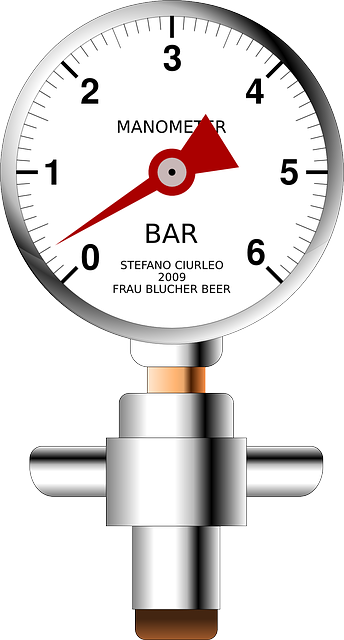Low water pressure in homes can be caused by numerous factors, from faulty plumbing and leaks to water heater issues or municipal supply problems. Effective troubleshooting requires diagnosing these specific causes, beginning with basic checks like appliance functionality and visible pipe damage. Simple fixes include cleaning aerators or replacing sediment-buildup components; more complex scenarios may require professional plumbing services. Regular maintenance prevents future pressure drops.
Low water pressure can turn a mundane task into a frustrating experience. This comprehensive guide delves into the world of low water pressure, helping you understand its common causes and offering practical solutions. From identifying leaks and air bubbles to checking valve settings and pipe conditions, we break down the steps to diagnose and fix the issue efficiently. By the end, you’ll be equipped with the knowledge to restore optimal water pressure in your home or office.
- Understanding Low Water Pressure: Common Causes Explained
- Diagnosing the Issue: Steps to Identify the Root Cause
- Solving Low Water Pressure: Effective Solutions and Tips
Understanding Low Water Pressure: Common Causes Explained

Low water pressure is a common household issue that can leave you frustrated and inconvenienced. Understanding the causes behind this problem is the first step in diagnosing and fixing it. The most frequent reasons for low water pressure include issues with your plumbing system, such as faulty pipes or leaks, which can restrict water flow.
Another significant factor is the water heater—if it’s not functioning optimally, it may not be able to supply enough hot water to all fixtures, resulting in reduced pressure. Additionally, aerators on faucets and showerheads can become contaminated with mineral deposits over time, causing a decrease in water pressure. Lastly, issues at the main water supply valve or problems within the municipal water system can also contribute to low water pressure in your home.
Diagnosing the Issue: Steps to Identify the Root Cause

Low water pressure can be frustrating and often indicates an underlying issue that needs addressing. Diagnosing the problem involves a systematic approach to identifying the root cause, which could be one or a combination of several factors. Start by checking the obvious; ensure all water-using appliances like toilets, sinks, and showers are fully functioning and not leaking, as even small leaks can significantly reduce pressure.
Next, assess the water supply lines for any visible damage, corrosion, or obstructions. Look for clogs in pipes, especially near fixtures, as these can restrict water flow. Check the main shut-off valve to see if it’s fully open; a partially closed valve will reduce pressure throughout the entire system. If none of these initial checks reveal issues, consider more complex causes such as faulty pressure regulators or water meters, old or narrow pipes, or even problems at the main water supply source.
Solving Low Water Pressure: Effective Solutions and Tips

Low water pressure can be frustrating, but there are several effective solutions to address this issue. The first step is to diagnose the root cause—common causes include leaks in pipes, outdated plumbing fixtures, mineral buildup in water heaters, or a problem with the main water supply valve. Once identified, fixing these issues can significantly improve water pressure.
For minor cases, such as low pressure due to aerators or sediment buildup, simple solutions like cleaning or replacing these components can restore normal flow. In more complex scenarios, like serious leaks or damaged pipes, professional plumbing services might be required. Regular maintenance and checking for any signs of damage or corrosion can help prevent future water pressure drops.
Low water pressure can significantly impact your daily routines, but with the right diagnosis and solutions, it’s a problem you can easily overcome. By understanding the common causes, such as leaks, clogged pipes, or faulty valves, you can effectively identify and address the issue. The steps outlined in this article serve as a comprehensive guide to help you navigate through the process. Implement the suggested solutions, from checking for leaks to installing water pressure regulators, and you’ll soon experience improved water pressure throughout your home or office. Remember, prompt action on these causes of low water pressure can prevent further complications and ensure a steady flow of water for your needs.
